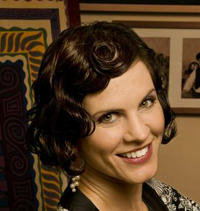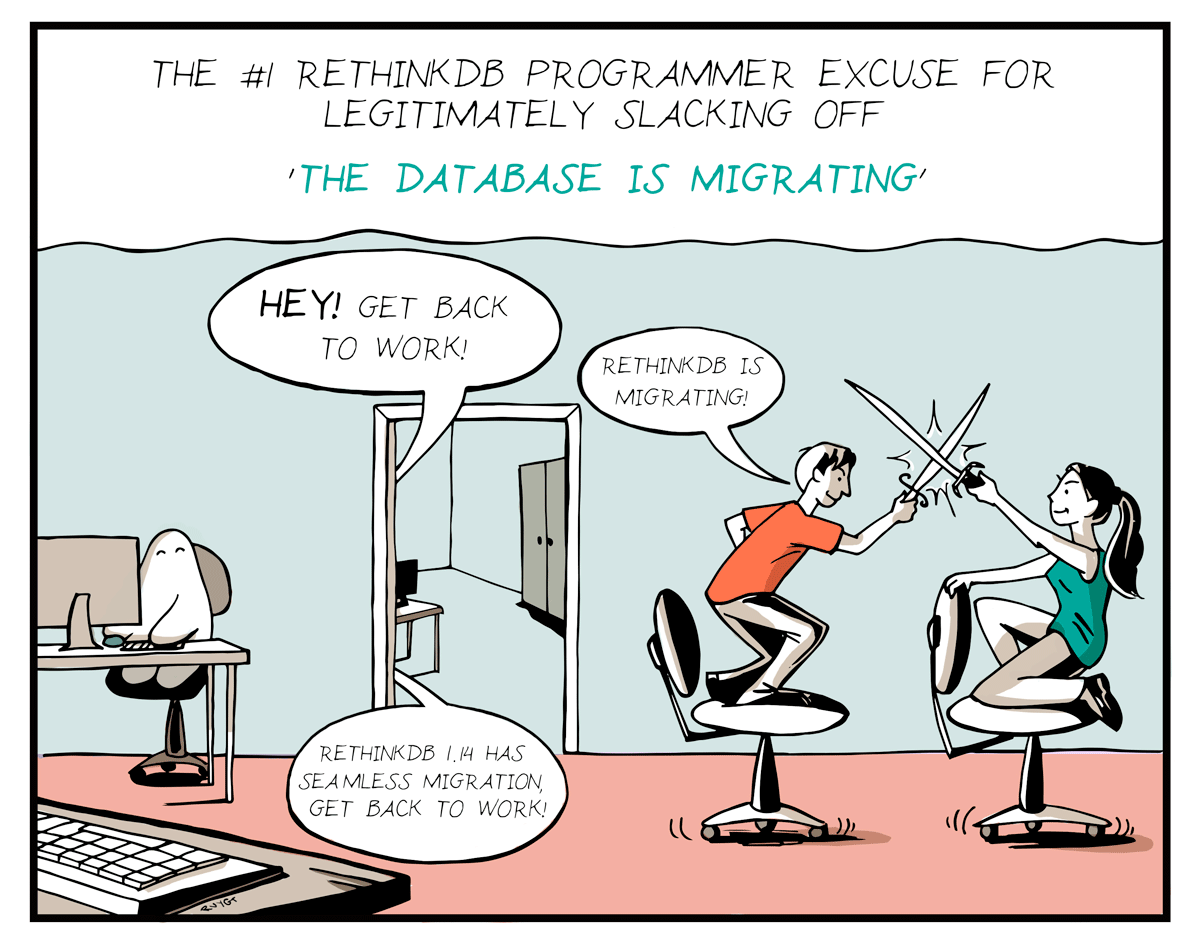Do you need to ramp up parallel programming expertise on your team? University of California, Davis associate professor John Owens will simultaneously teach thousands of developers across the world how to use the CUDA environment to maximize GPUs for free in Udacity’s “Introduction to Parallel Programming” class. Or perhaps the robotic car programming class by Sebastian Thrun, cofounder of Udacity and one of the inventors of Google’s self-driving car, is more your company’s speed.
Prestigious names like Thrun and Ivy League providers are fueling today’s massive online open course momentum (for academics, anyway). Will it hold true for those seeking Microsoft Certified Solutions Expert or Cisco certification?
“On the academic side, there’s already a hierarchy,” said Bryant Nielson, managing director at CapitalWave, a New York-based financial training company that is now launching corporate MOOC-based continuing education. “Anything delivered by Harvard is very attractive, more so than Penn State. In the corporate arena, it’s entirely different. They don’t care as long as it’s high quality.”
Since the term was coined in 2008 by Canadian academics, MOOCs are exploding the Ivory Tower. Coursera and Udacity, startups that matriculated from Stanford, are gaining registrants in the tens of thousands. Noted professors such as Gregor Kiczales of the University of British Columbia, or Rob Rutenbar, head of computer science for the University of Illinois at Urbana-Champaign, are available to engage developers as they delve into new areas or fine-tune design skills. Microsoft’s Virtual Academy is considering MOOC-like offerings to complement its Jump Start and Live Q&A series, according to a recent blog post by Matt Calder, publishing manager for MVA.
Learning together
What makes MOOCs more attractive than other forms of online education, or the plethora of college and conference lectures currently available on YouTube? The time-boxed nature of the courses is key, which means short lectures reveal information sequentially to a group of students who bond over their typically six-week-long journey via forums and peer reviews (in this respect, Khan Academy doesn’t qualify as a MOOC because courses are on-demand). Testing, certificates or badges (such as Mozilla’s Open Badges) are motivators, too. Finally, the platforms themselves offer useful metrics that make students feel like they’re progressing toward their learning goals, as well as analytics that can feed back into better pedagogy.
Benefitting from high-profile coverage that comes on the heels of students’ tuition protests and other economic woes, MOOCs have enjoyed some popularity. “The three big MOOCs were launched a year ago,” said Nielson. “I was aware of Khan Academy for a couple years, but not sure how it was going to be impactful. We started pitching in January, and just signed very large corporate MOOC contract yesterday.”
He cautioned, however, that corporate MOOCs are a different beast: “A MOOC for the commercial market is only a framework. The idea of having 10,000 or 100,000 people sign up is motivating the academics. In corporate, it’s not. It’s the video delivery, the engagement through testing and online discussions. It straddles instructor-led and e-learning, but it’s not a siloed event like e-learning. It’s going to be incredibly disruptive.”
#!
Marketing for extra credit
In areas of high demand, now may be an excellent moment to straddle the corporate and academic worlds with a technology-focused MOOC—all while earning a marketing boost as extra credit. That’s exactly the strategy SAP has taken to encourage expertise in its SAP HANA in-memory database platform, launched two years ago.
“Of course, we have classroom training for developers and e-learning courses, but for SAP HANA, we wanted to spread the knowledge much broader and reach audiences not normally reached, such as university students and partners,” said Bernd Welz, senior vice president, and head of Solution and Knowledge Packaging for SAP. “We found the MOOC format interesting because of the scale and the flexible learning for professionals as well as students.”
The six-week course, which begins today, requires approximately four hours a week to view the videos, do the exercises and take the tests. So far, demand has well exceeded normal e-learning signup rates. “We announced the course two weeks ago and have more than 7,910 registered,” said Welz.
The course will use the OpenHPI platform pioneered by the Hasso-Plattner-Institut in Potsdam, Germany, which launched last year. “The course that HPI did on in-memory computing had more than 17,000 students. They pioneered the MOOC format in Germany,” said Welz. “We have a couple of topics in the pipeline if this is successful.”
A fraction of the cost
Learning management system (LMS) vendors are taking note of MOOC’s pedagogical features and launching their own versions for the corporate world. Security is a corporate requirement for many, while scalability may be less of a concern, according to CapitalWave’s Nielson.
“Most LMS vendors would want to migrate to a MOOC framework, but it’s not necessarily going to be massive and it’s not going to be open,” he said. “It’s just like how now, at Penn State, they use [the LMS] Blackboard, but it’s only available for registered students.”
But the savings in terms of corporate training could be massive indeed. No more travel costs, no running multiple instructor-led programs for groups of 15 employees, no worrying about time constraints, and no repetitive on-boarding of new employees, said Nielson. Most MOOCs are currently free, but future business models may revolve around headhunting or credentials.
In the meantime, while providing high-quality videos and well-designed courses that effectively use MOOC platforms are key to attracting students to a course and educating them, the secret of MOOC’s success lies in connectivity, the learning theory that’s defining the digital age. The MOOC can’t take the place of all training, but it refocuses learners toward a technologically facilitated exchange of knowledge in fast-changing fields. Though they don’t often realize it until they try a MOOC for the first time, peer review and discussion are often more memorable than the instruction by prestigious names or institutions.
“The community is open, so learners can discuss among themselves,” said Welz. “We’ll have experts online too. We can leverage the community to make learning more intense and sticky.”
When the student is ready, the teacher appears.




